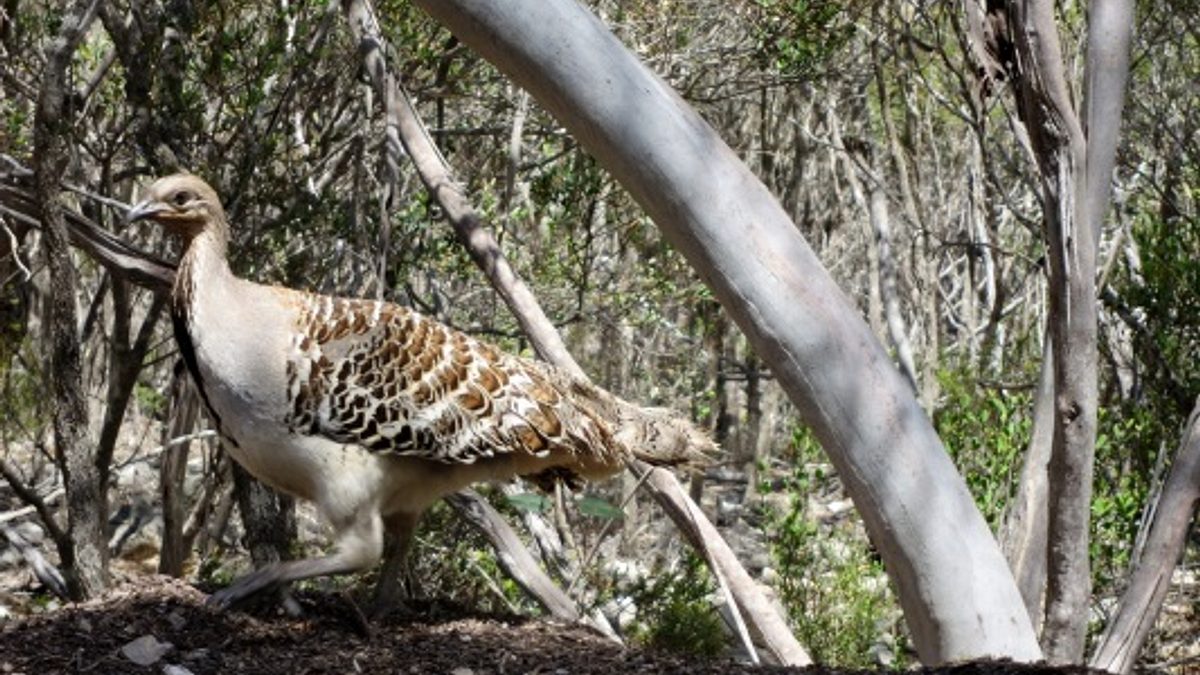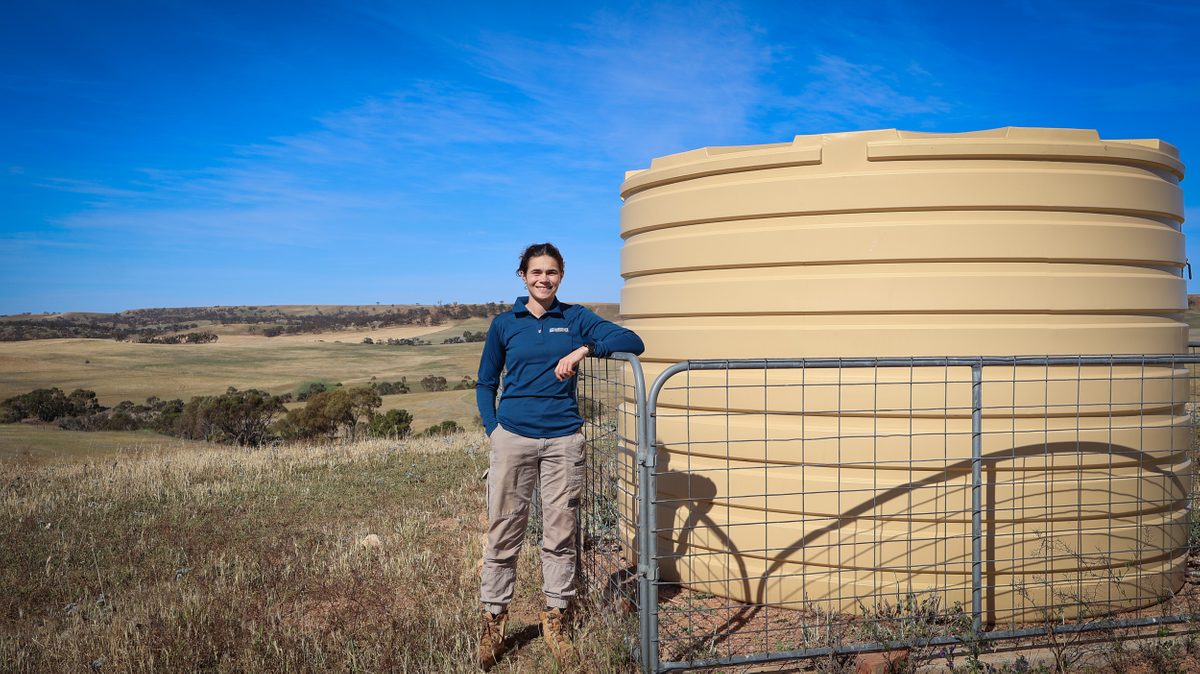Malleefowl survey at Innes shows good breeding activity
An annual survey of Malleefowl at Dhilba Guuranda-Innes National Parkon November 1 shows there are seven active Malleefowl mounds in the survey area, and that is positive news for the endangered species, according to National Malleefowl Recovery Team chairperson Sharon Gillam.
Conducted by Natural Resources Northern and Yorke, the survey of a 2.6 square kilometre area found that while numbers were slightly lower than the previous eight monitoring seasons, Malleefowl activity was still "reasonable".
"With seven active mounds we can safely say there would be seven pairs of birds in the survey area," Ms Gillam says.
"We believe there’s not a huge number of Malleefowl at Innes because of its gypsum salt lakes and the birds requiring Mallee woodland habitat, however, consistently high breeding activity in recent years could potentially indicate a reasonable Malleefowl population."
Ms Gillam says it is hard to determine whether lower spring rainfall is the cause of the slightly lower numbers, with weather playing a vital role in the success of breeding.
Just larger than a domestic chicken, with mottled black, grey and brown feathers and a cream coloured underbelly, the Malleefowl lays its eggs in a large mound and uses heat from decomposing leaf litter and the sun to incubate its eggs.
"The mounds can be more than a metre high and five metres wide and made up of 3-4 tonnes of soil, sticks, dirt and leaf matter," Ms Gillam says.
"On average, the female Malleefowl lays 14-25 eggs across the breeding season from September to February, laying one egg every 4-7 days."
Once the eggs are laid in the centre of the mound, the temperature of the mound must remain between 32C-34C, with the male Malleefowl monitoring the temperature throughout the day with his beak and then regulating the heat by opening and closing the centre of the mound.
If successful, eggs hatch at 60 days, with the chicks digging out through up to 1m of debris and soil to the surface where they are independent, fully feathered and able to fly within hours of hatching.
Ms Gillam says the NYNRM fox baiting program - operating at Innes and the Southern Yorke Peninsula over the past 9 years - continues to be very successful with no evidence of either foxes or rabbits in the Malleefowl survey area.
DEWNR staff and volunteers used android devices for the survey for the first time this year, with inbuilt cameras proving to be a more efficient means of photographic and data collection.
New volunteers are always welcome to assist with Malleefowl monitoring. More information can be found at www.nationalmalleefowl.com.au




